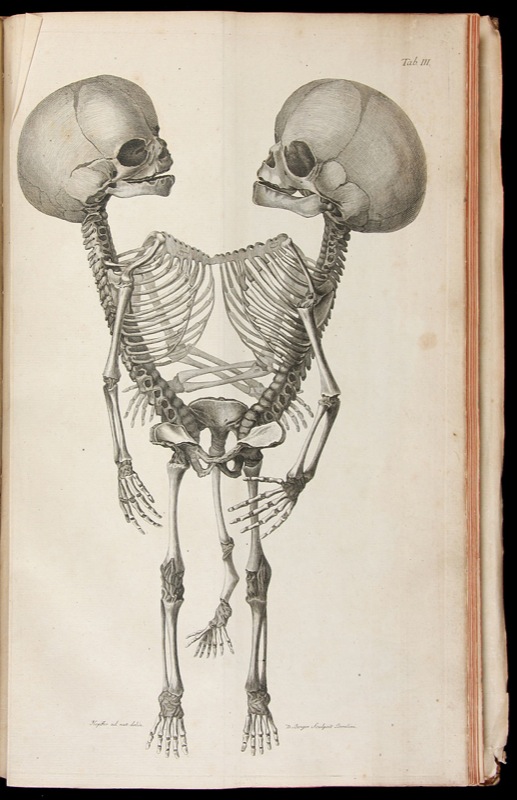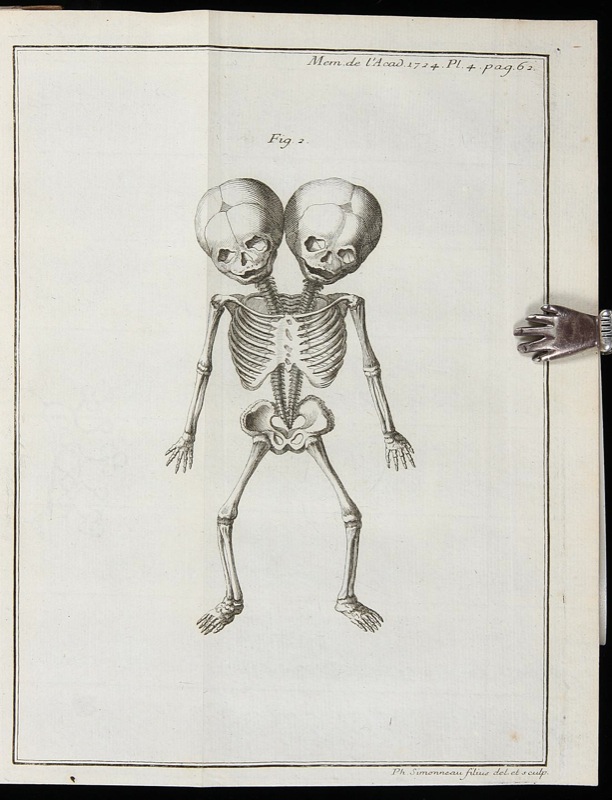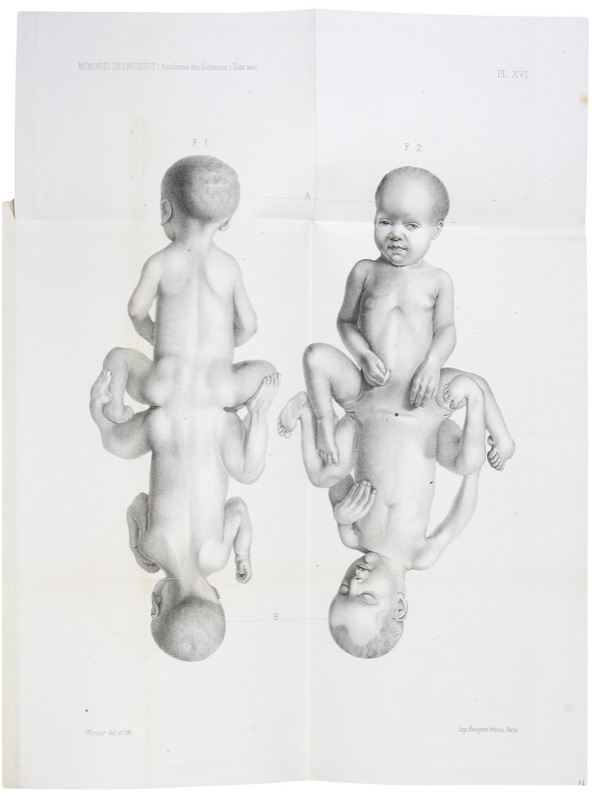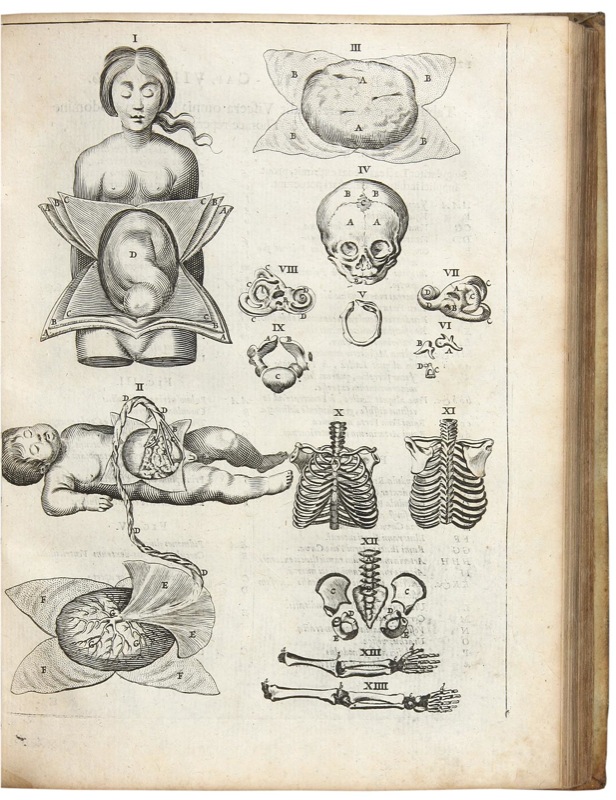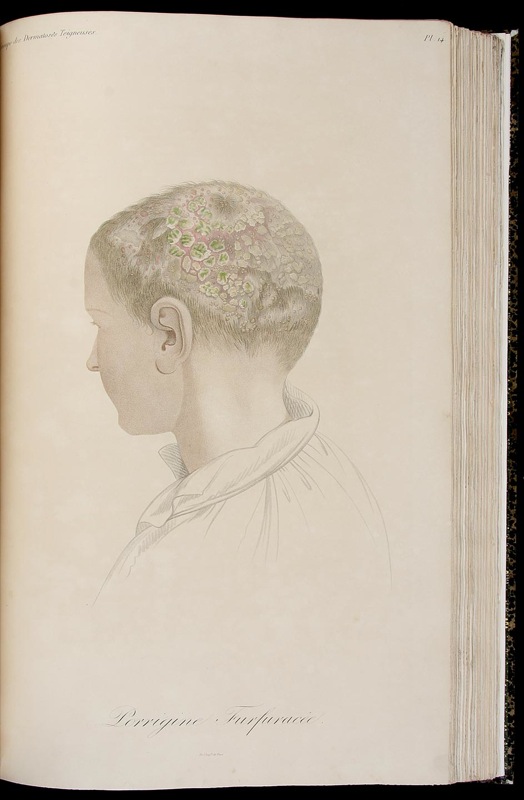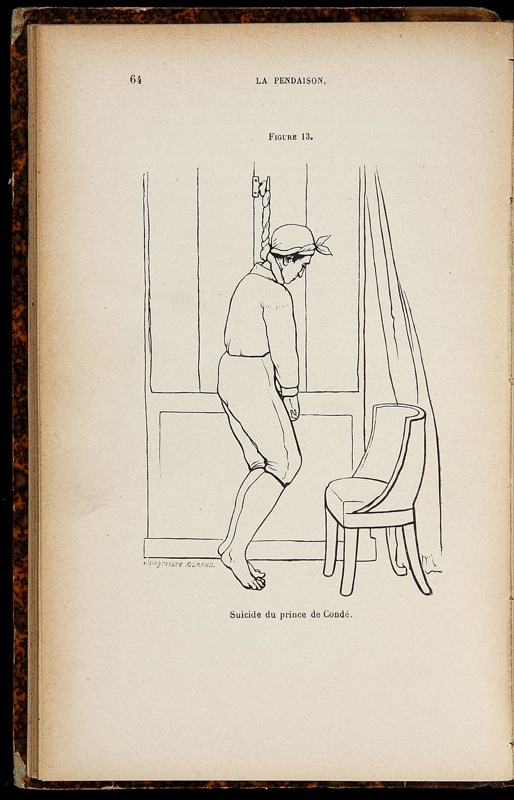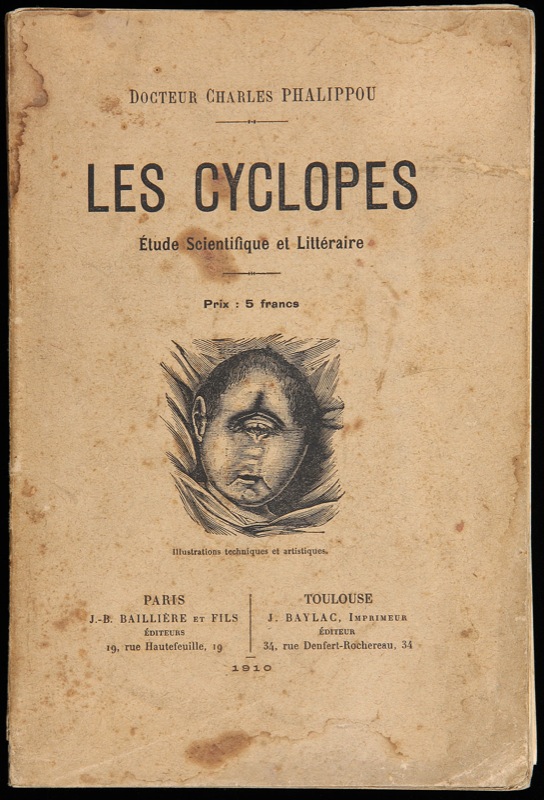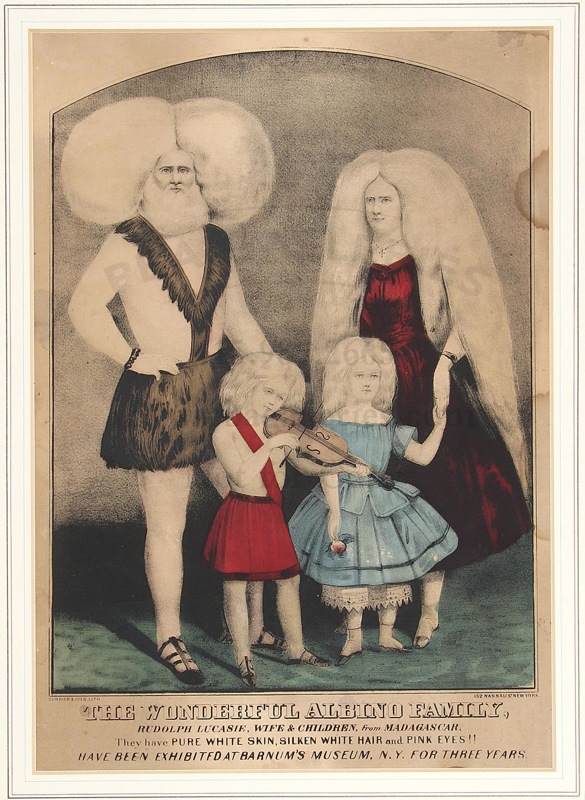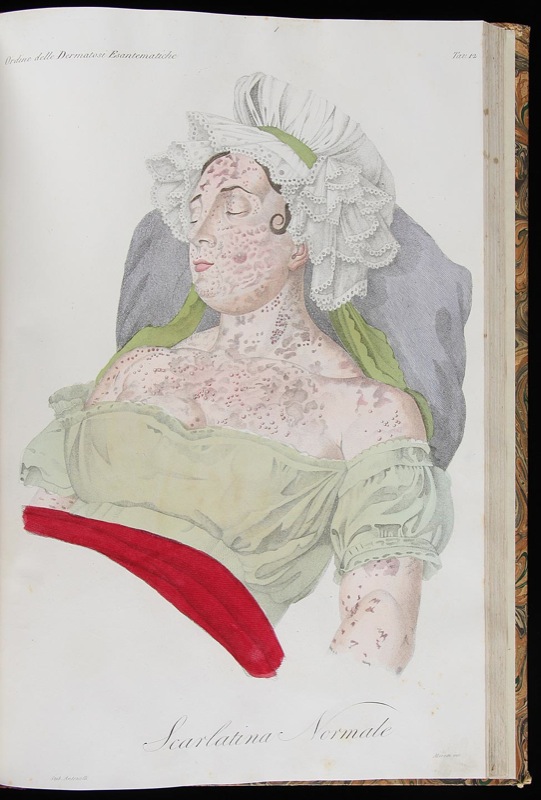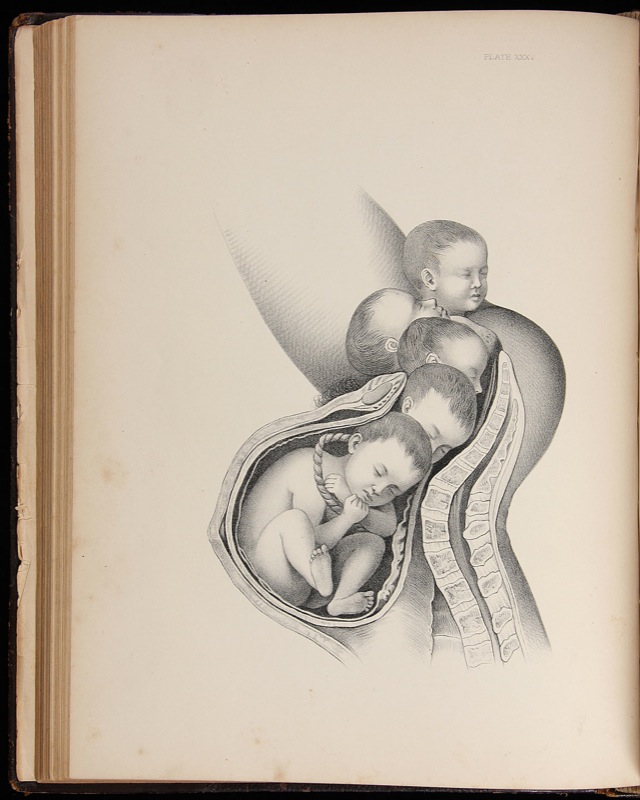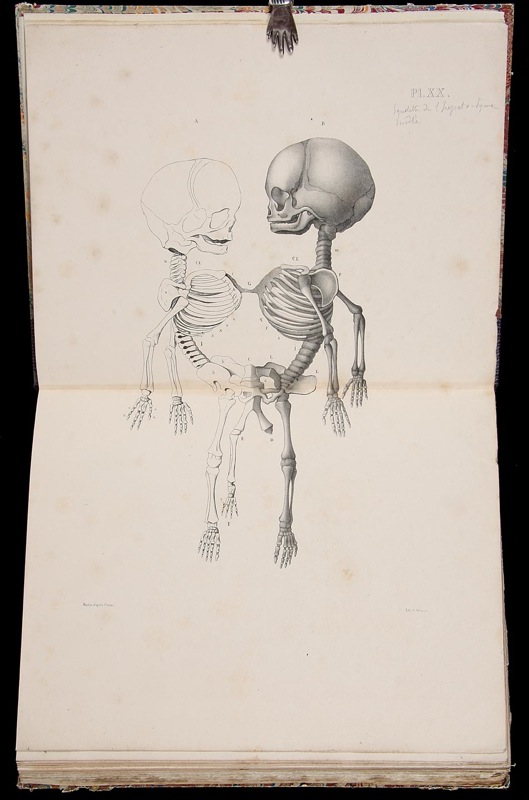






When I visited the Amsterdams Historisch Museum a few weeks ago, I was surprised and thrilled to find, in a room devoted to enormous guild portraits of different sorts of tradesmen, 2 walls devoted to portraits of surgeons guilds (see top photo for an installation view.)
The portraits range from the early 17th to the late 18th Century and are truly spectacular in scale, quality, and affect. Many of the guild portraits were painted during the annual surgeon's guild public dissection, for which the city would provide an executed criminal.
My favorite of these paintings is the third image down, the painting of one of my favorite historical figures of all time, Doctor Frederick Ruysch, dissecting an infant with the assistance of his son, who holds an animatedly posed child's skeleton. Ruysch was a brilliant Dutch anatomist famous for his imaginative tableaus using similarly animated tiny skeletons, as well as his uncannily life-like wet specimens, famously captured by Rosamond Purcell in the wonderful Finders, Keepers.
I have found copies of all the surgeon's guild paintings on view in this room (and a few more found in the museum's portrait database) and posted them here, for your pleasure.
Images, top to bottom :1) Installation view. 2)Anatomische les van Dr. Sebastiaan Egbertsz., ca. 1601-'03; Aert Pietersz. (ca. 1550 - 1612). 3) Anatomische les van Dr. Frederick Ruysch, 1683; Jan van Neck (ca. 1634/'35 - 1714). 4) De osteologieles van Dr. Sebastiaen Egbertsz., 1619; toegeschreven aan Nicolaes Eliasz. Pickenoy (1591 - 1653) toegeschreven aan Thomas de Keyser (1596 of 1597 - 1667). 5) Anatomische les van Prof. Frederik Ruysch, 1670; Adriaen Backer (ca. 1630-'32 - 1684). 6) Anatomische les van Dr. Willem Röell, 1728; Cornelis Troost (1697 - 1750). 7) Anatomische les van Dr. Jan Deijman (fragment), 1656; Rembrandt (1606 - 1669)

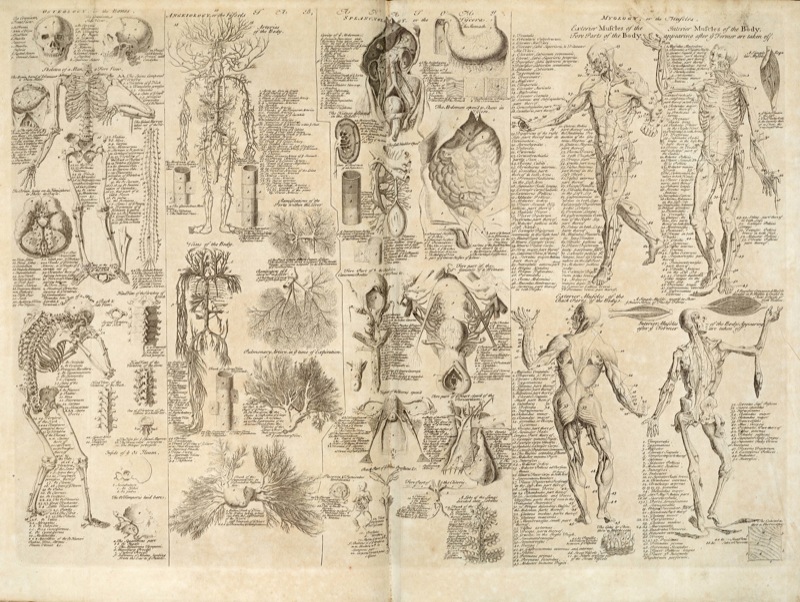

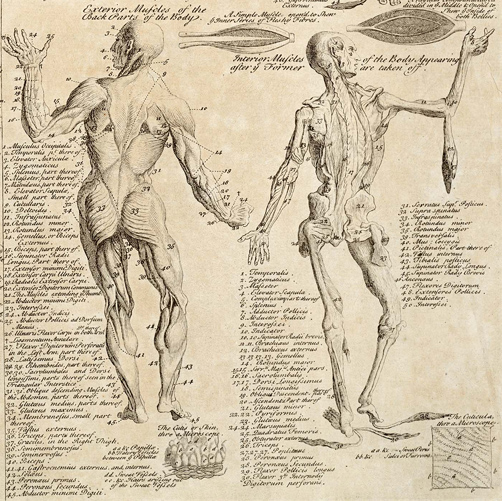
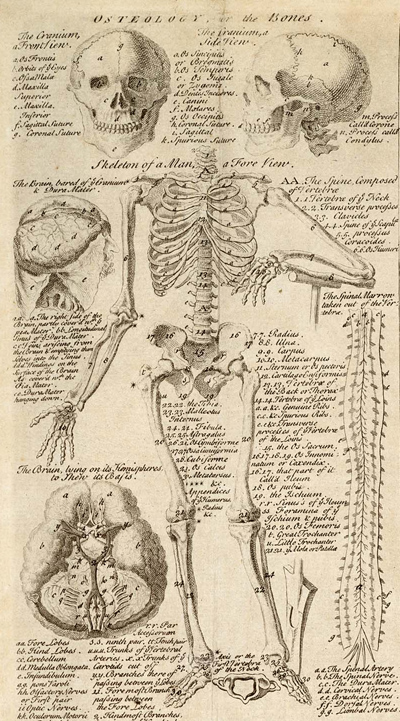
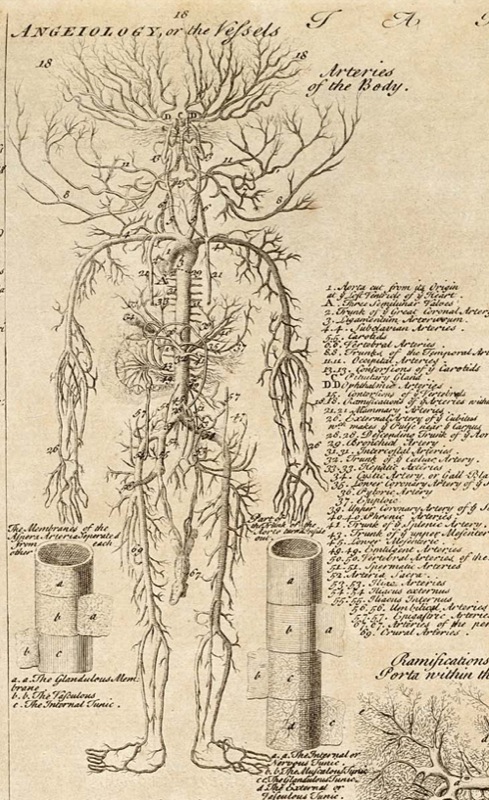








 book, such as
book, such as 




